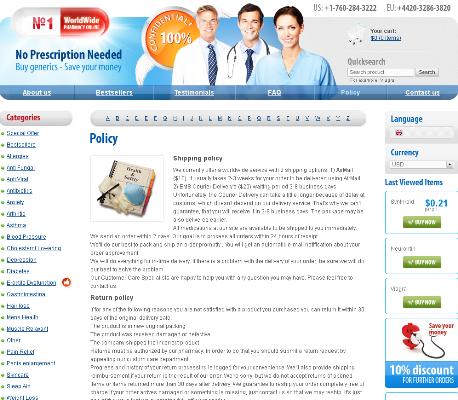Understanding the Mechanism: How Rotacaps and Inhalers Work
Rotacaps, small capsules filled with powdered medication, function via a Rotahaler, a device that punctures the capsule and allows the user to inhale the powder. This dry powder delivery system relies on the patient's breath to disperse and direct the medication to the lungs. In contrast, inhalers use either a propellant to turn liquid medication into an aerosol or a hand-actuated mechanism to deliver a fine mist, enabling rapid absorption into the respiratory tract.
| Aspect | Rotacaps | Inhalers |
|---|---|---|
| Form | Dry Powder | Aerosol or Mist |
| Activation | Breath-actuated | Propellant or Hand-actuated |
| Device | Rotahaler | Inhaler |
Ease of Use: Comparing User-friendliness and Convenience

For those managing respiratory conditions, the choice between rotacaps and inhalers often comes down to ease of use. Rotacaps, which require insertion into a device for inhalation, might present a learning curve for new users. However, they provide a quick-fix option with pre-measured doses, ensuring accuracy. On the other hand, inhalers generally offer a simpler, more intuitive experience with the press-and-breathe mechanism. This convenience makes inhalers a popular preference amongst both children and older adults who may struggle with intricate handling.
Effectiveness: Evaluating Clinical Efficacy and Onset of Action
Clinical trials have demonstrated that rotacaps deliver consistent and controlled doses of medication, ensuring reliable management of respiratory conditions. Unlike some inhalers, which might have issues with dose consistency due to user error or device maintenance, rotacaps provide efficient drug delivery with each use. The onset of action for both rotacaps and inhalers is rapid, often providing relief within minutes. However, rotacaps can be particularly effective for patients needing precise dosing in chronic treatment plans, enhancing long-term clinical outcomes.
Portability: Analyzing Size, Storage, and Transport Options

When considering the portability aspect, Rotacaps and inhalers each bring distinct advantages. Rotacaps, being small and lightweight, are incredibly easy to carry in a pocket or a small bag. This makes them a convenient option for individuals on the go, who require quick and discreet access to their medication. Their compact size means they take up minimal space, and storage is quite simple.
In contrast, inhalers, while also portable, tend to be bulkier due to their built-in mouthpiece and medication canister. However, they are designed for durability, ensuring the device remains intact even with daily wear and tear. Transporting an inhaler might require a bit more space in a bag or pocket but remains feasible nonetheless.
Ultimately, the choice between Rotacaps and inhalers often comes down to personal preference and lifestyle needs. Some users might prioritize the ultra-compact design of Rotacaps, while others may lean towards the robust, all-in-one nature of inhalers. Whichever device one chooses, both offer effective solutions in a portable format.
Cost Considerations: Price Points and Long-term Expenses
When comparing rotacaps and inhalers, cost is a critical factor. Rotacaps often come at a lower initial price point, making them an attractive option for those on a budget. However, long-term savings may differ depending on individual usage and the frequency of replacements. Inhalers, while potentially more expensive upfront, can offer cost efficiencies over time due to their durability and reusable nature. Evaluating the total cost of ownership and considering insurance coverage are essential steps in making an informed decision.
| Factor | Rotacaps | Inhalers |
|---|---|---|
| Initial Price | Lower | Higher |
| Long-term Cost | Variable (Depends on usage) | Potentially lower due to reusability |
Side Effects: Potential Risks and Safety Profiles
Both rotacaps and inhalers are not exempt from potential side effects, although they are minimal when used correctly. With rotacaps, common side effects include throat irritation, coughing, and dry mouth, while more serious issues like fungal infections may arise if the device is not cleaned properly.
Inhalers, on the other hand, can cause similar irritations and also bring about mild tremors, heart palpitations, and even headaches in certain individuals. Regardless of which device you choose, it’s crucial to follow your doctor’s instructions to mitigate any risks and ensure a safer treatment experience.
Interestingly, the safety profiles of both devices are well-documented, offering a wealth of information on how to minimize adverse reactions. Consulting healthcare providers can provide personalized advice and help you navigate potential pitfalls, making your treatment as comfortable and effective as possible.



